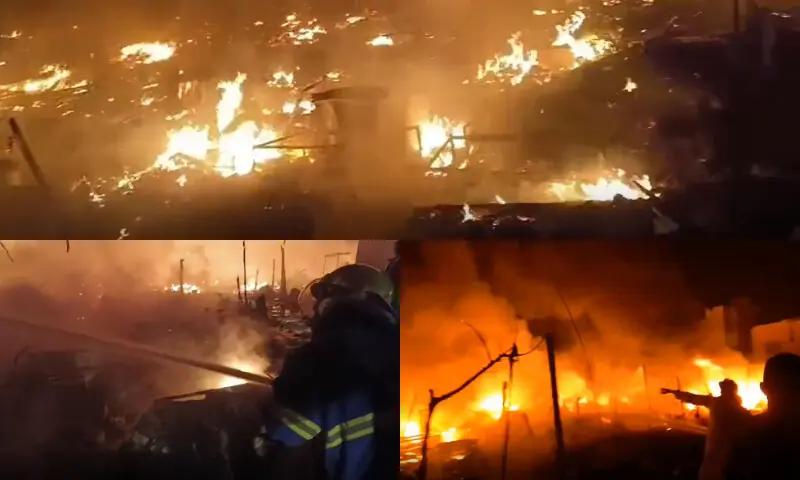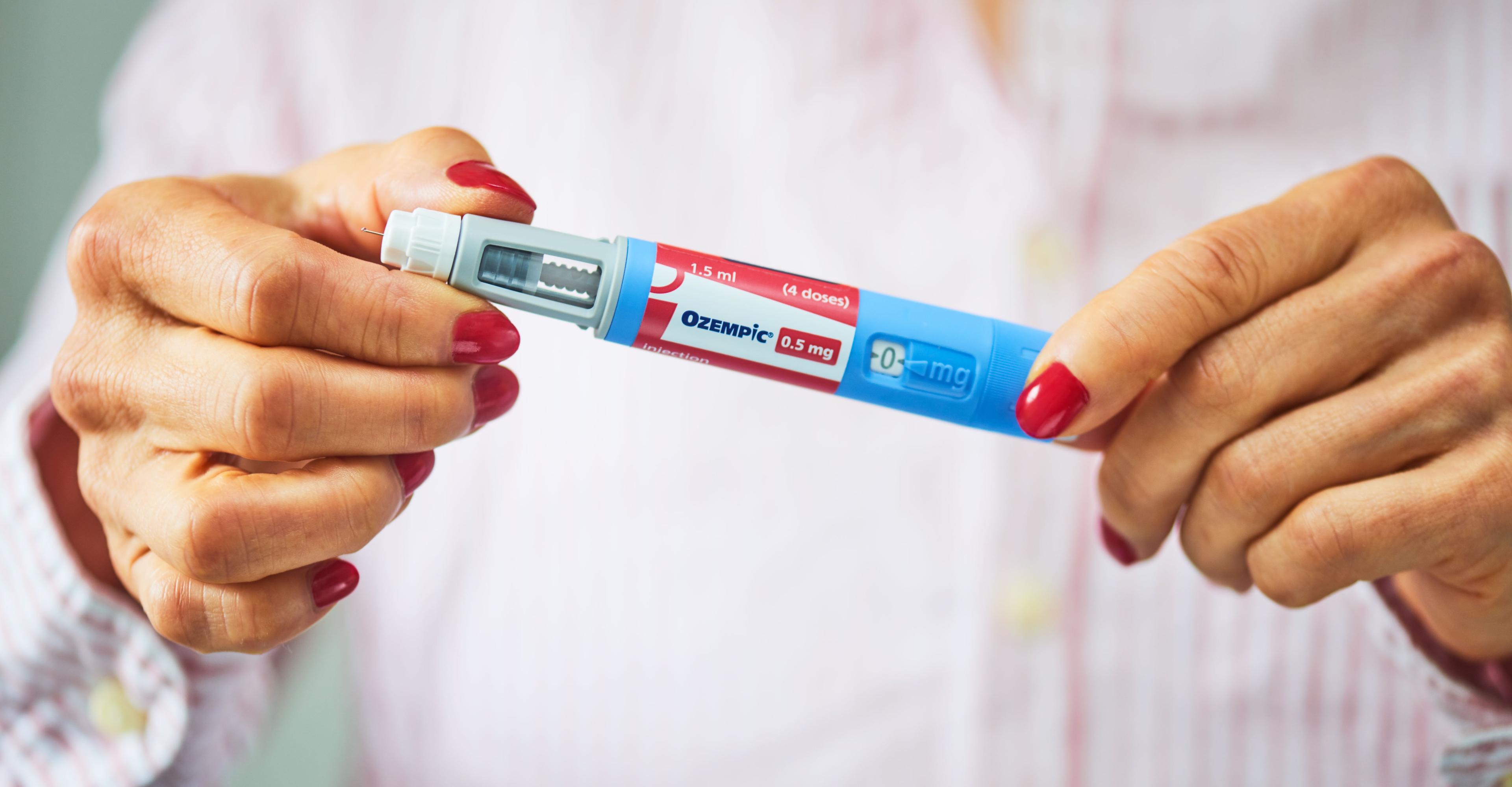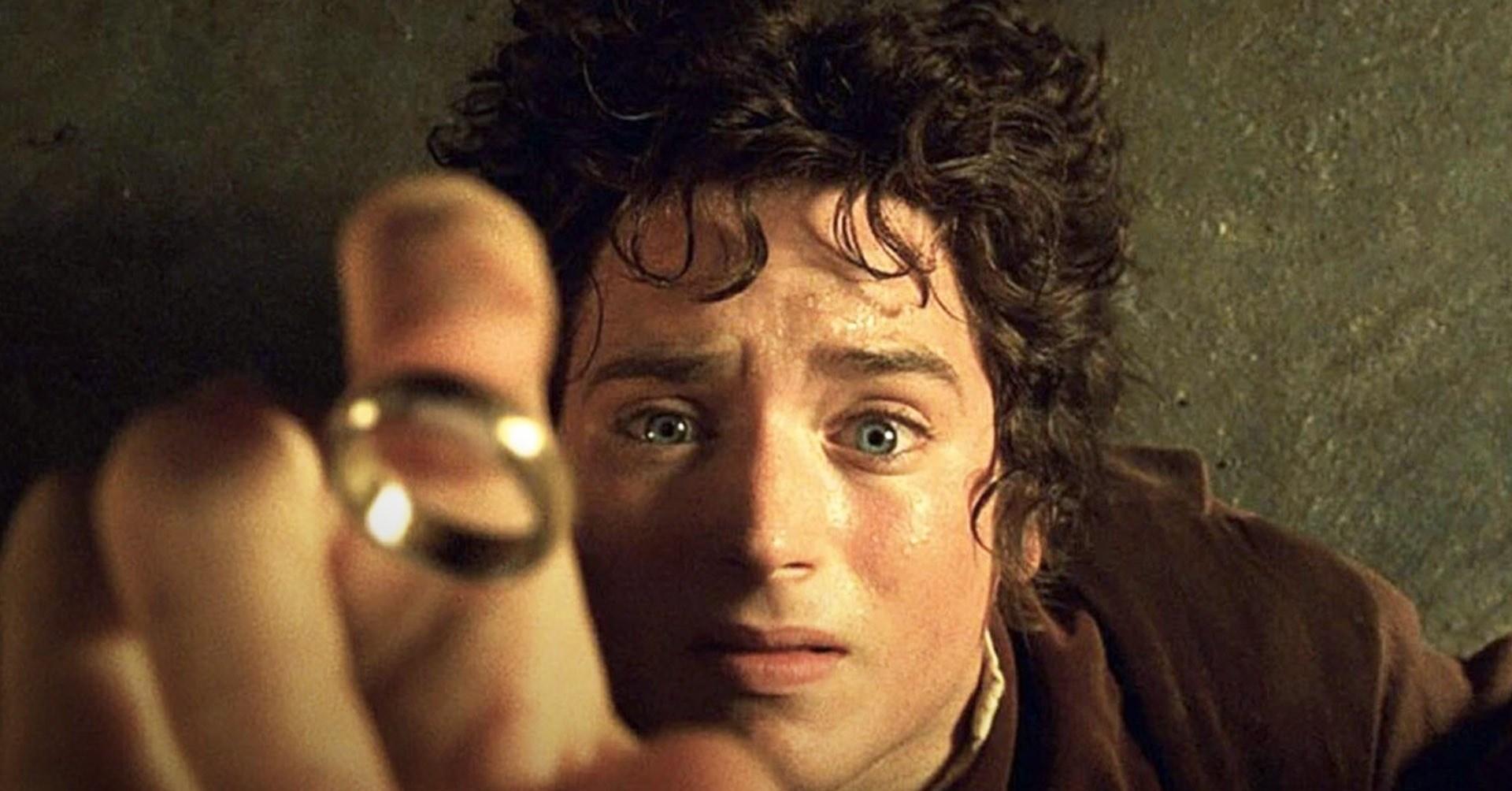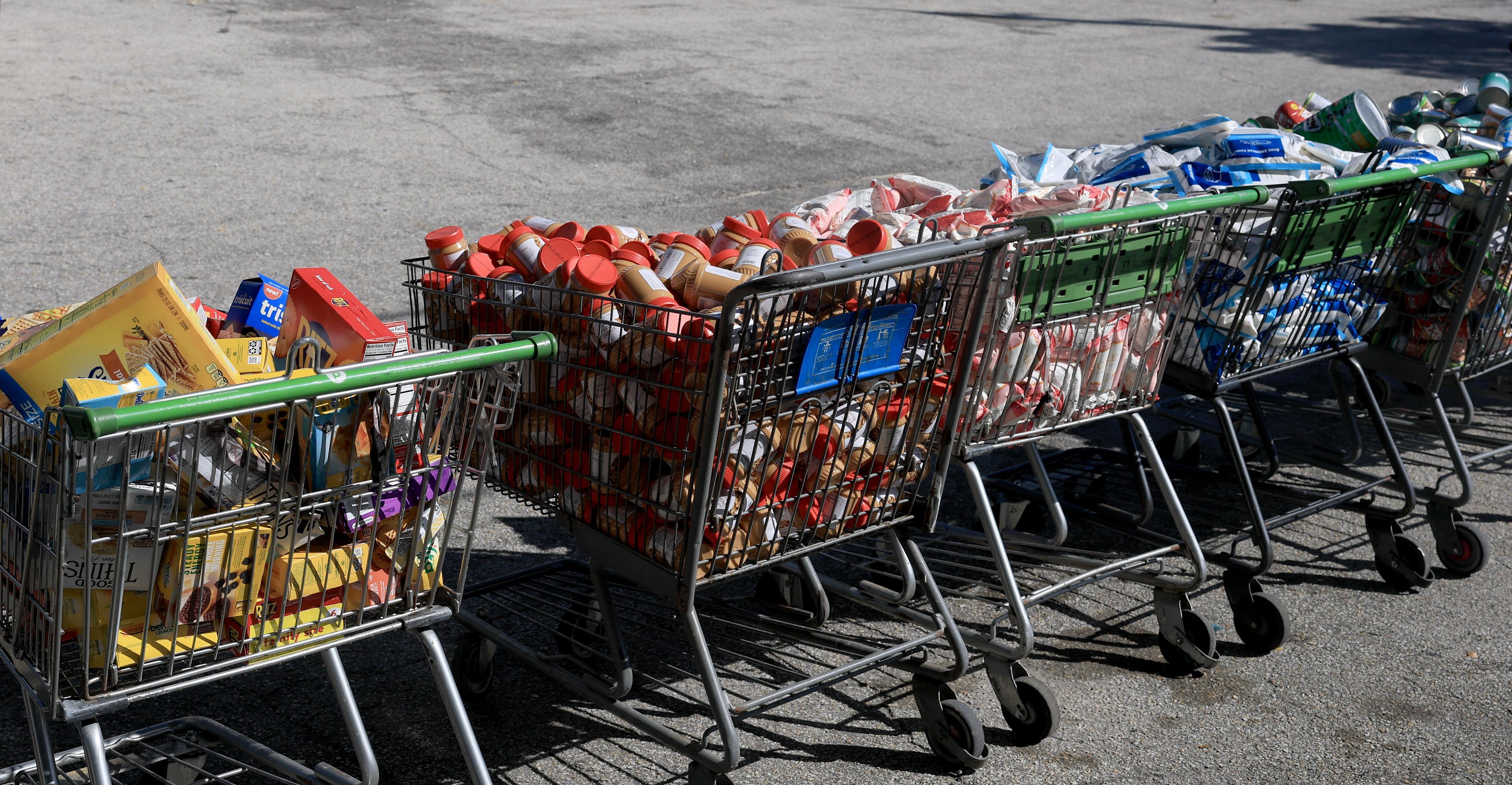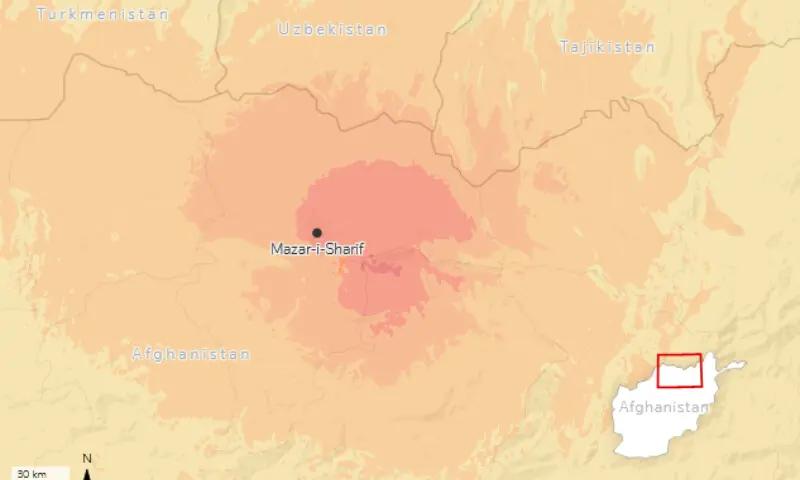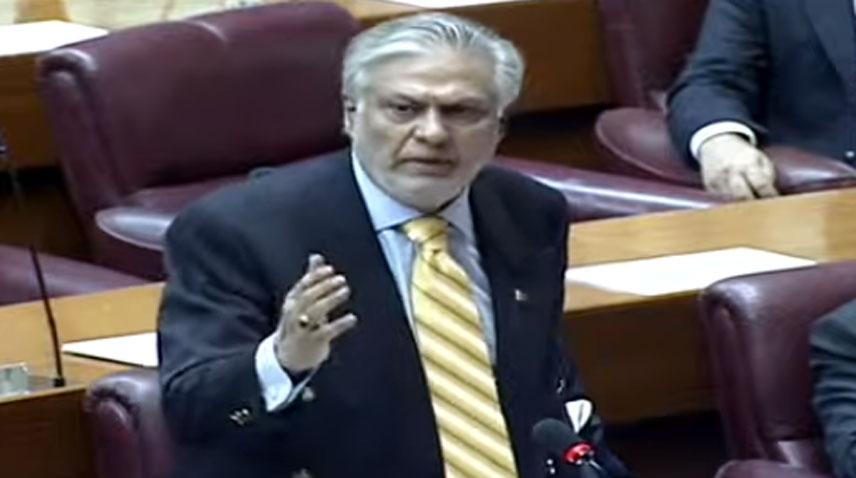The Maui wildfires are the deadliest in the US in more than a century. Here’s what happened, how officials responded, and other key details.


The search for survivors is far from over, yet it’s already clear: The Maui fires are the nation’s deadliest wildfire event in more than a century. The blazes burned thousands of acres and killed more than 110 people — a greater death toll than any wildfire in California, where summer blazes are common. Hundreds remain missing in Maui, and the number of fatalities is expected to rise.
“This is the largest natural disaster in our history,” Hawaii Gov. Josh Green said, referring to Hawaii, in a statement on August 13. “It is a harrowing sight in Maui.”
:no_upscale()/cdn.vox-cdn.com/uploads/chorus_asset/file/24856803/GettyImages_1615229307.jpg)
:no_upscale()/cdn.vox-cdn.com/uploads/chorus_asset/file/24850474/GettyImages_1592921695.jpg)
Much of Lāhainā, a historic town on Maui’s west coast, has been reduced to rubble and ashes. The fire moved so quickly there early last week that 17 people ran into the ocean for safety, where they had to be rescued by the Coast Guard.
With the fires now largely contained, attention is shifting to questions about what sparked the blazes, why residents weren’t given more time to flee, and who will control the reconstruction of Lāhainā. Experts are also warning that this kind of disaster could happen again as climate change deepens droughts and makes vegetation more likely to burn.
As with many natural disasters, several factors contributed to the devastation, and the consequences will haunt the region for years to come. Here’s what to know about this historic tragedy.
1) This is the nation’s deadliest wildfire in more than a century
The wildfires have killed at least 110 people, Gov. Green said in a press conference on August 16. Officials expect that number to rise. Less than half of the burned areas have been searched, and hundreds of people are still unaccounted for.
“This is unprecedented,” Maui County police chief, John Pelletier, told reporters on August 16. “No one has ever seen this that is alive today — not this size, not this number, not this volume, and we’re not done.”
The event is the deadliest natural disaster in Hawaii’s history — deadlier, even, than a tsunami that struck the state in 1960, killing 61 people. And it now has a higher death toll than any wildfire in the US since 1918, when blazes in Minnesota killed as many as 1,000 people.
It may be weeks before officials know the exact death toll.
:no_upscale()/cdn.vox-cdn.com/uploads/chorus_asset/file/24850479/GettyImages_1592920472.jpg)
2) More than 2,200 structures in the town of Lāhainā were damaged or destroyed
The fires, which began in grasslands, utterly devastated Lāhainā, a town of roughly 13,000 people known for its historic buildings and cultural significance. There, the blazes damaged or destroyed more than 2,200 structures, which have an estimated value of $5.5 billion, according to the Pacific Disaster Center and the Federal Emergency Management Agency.
“There’s very little left there,” Green said of Lāhainā on August 13.
:no_upscale()/cdn.vox-cdn.com/uploads/chorus_asset/file/24856387/Document.jpeg)
One of the town’s most iconic landmarks, a large banyan tree that stretches an entire block, has been badly charred but it remains standing. It’s not clear whether it will ultimately survive the impact. The tree is 150 years old and some say it represents the spirit of Lāhainā.
:no_upscale()/cdn.vox-cdn.com/uploads/chorus_asset/file/24850507/GettyImages_1592920476.jpg)
3) It’s still not clear what ignited all the fires, but we know how they became extreme
Officials have not yet pinpointed a source of ignition. The majority of wildfires in Hawaii (and the US mainland) are caused by people or human infrastructure, such as power lines, versus lightning or other natural sources.
But it’s clear that Maui was primed to burn. Summer is the dry season in Hawaii, and dry, hot weather provides the foundation for extreme wildfires. Heat sucks the moisture out of vegetation, essentially turning it into kindling. When the blazes took off, nearly 16 percent of Maui County was in a severe drought, according to the US Drought Monitor. Climate change is likely making these droughts worse (more on that below).
Meanwhile, much of Hawaii and Maui is covered in invasive grasses, which (literally) add fuel to the fire. Introduced over the last century by colonists, in part to feed cattle, guinea grass and other nonnative varieties are known to outcompete native species and burn easily. According to the Hawaii Wildfire Management Organization, nonnative grasslands and shrublands cover nearly one-quarter of the land area in Hawaii.
Strong winds only added to the problem. Hurricane Dora, which churned hundreds of miles offshore as a Category 4 storm, brought gusts of wind that at times reached 80 miles per hour, fueling the flames and helping them race across western Maui at a dangerous pace.
4) The government faces scrutiny for failing to warn residents and responding slowly in the aftermath
The fires in Maui weren’t particularly large, engulfing only a few thousand acres, compared to those in, say, California, which can burn through tens or even hundreds of thousands of acres. So why were they so deadly?
It will likely take weeks for investigators to fully answer this question, but there are a few reasons we know so far.
The big one: People had very little time to evacuate. That’s partly due to the nature of the fires, which were supercharged by strong winds and moved quickly, jumping from rural grasslands into residential neighborhoods. Strong winds and power outages also made it challenging for firefighters to extinguish or even contain the blazes. At one point, fire hydrants started running dry, according to the New York Times.
:no_upscale()/cdn.vox-cdn.com/uploads/chorus_asset/file/24850495/AP23224048673032.jpg)
But some residents have also pointed out problems in the island’s disaster response. Maui has one of the world’s largest systems of outdoor warning sirens, which are designed to alert people of threatening events like hurricanes and tsunamis. They didn’t go off. And while officials did broadcast alerts to mobile phones, and over radio and television programs, power and cellphone service was out in much of West Maui.
In a press conference on August 14, Gov. Green said that while residents obviously need more notice for an event like this, the sirens are typically used for tsunamis and hurricanes. The sirens tend to signal to residents that they should flee uphill, where the fire was more intense.
Some residents have also criticized the response from local and federal agencies in the wake of the blazes. They say they’ve struggled to find food, shelter, gasoline, and other necessities, the New York Times reported, often finding more support from community groups and volunteers than officials. (You can find a recent list of services provided by government agencies here.)
Hawaii Attorney General Anne E. Lopez launched an investigation on August 11 into how the island responded to the fires and their impact.
5) Despite warnings of fire weather, the island’s main electric utility kept power lines electrified
Days before the fires broke out in Lāhainā, weather forecasters warned officials that strong winds could create fire conditions in parts of Hawaii, according to the Washington Post. Yet Hawaiian Electric, a utility that provides power to 95 percent of the state’s residents, didn’t shut off power in regions where those conditions might damage power lines and spark a blaze.
:no_upscale()/cdn.vox-cdn.com/uploads/chorus_asset/file/24850483/AP23226080975623.jpg)
Around when the fires broke out, winds in Maui downed several power lines. (Some of California’s most damaging blazes, including the 2018 Camp Fire, were ignited by power lines.)
Security video footage and data from the grid-monitoring company Whisker Labs suggest a power line may have sparked one of the fires, beginning in the small town of Makawao, according to reporting by the Washington Post’s Brianna Sacks. “This is strong confirmation — based on real data — that utility grid faults were likely the ignition source for multiple wildfires on Maui,” Whisker Labs’s founder and CEO Bob Marshall told the Washington Post.
The power company told the Post that it did take some steps to make its power lines safer ahead of the forecasted strong winds. The utility also said it’s challenging to shut off power with short notice, especially because firefighting crews might need power to pump water. It declined to comment on data from the Washington Post linking one of its power lines to a wildfire.
6) The fires are now mostly contained but environmental hazards remain
Wildfires are still burning in parts of Maui, but the worst appears to be over. The Lāhainā fire was 85 percent contained as of August 15, having burned 2,170 acres, according to Maui County. “There are no active threats at this time,” the county said about the Lāhainā fire. (Another fire, burning in a more rural part of the island, is 75 percent contained.)
Meanwhile, Hawaiian Electric has restored power to all but 2,000 of its 12,400 customers in West Maui, not including buildings destroyed by the blazes, the utility said on August 14.
Yet health hazards could remain for weeks or even months after the last flames are extinguished. The fires burned through all kinds of infrastructure and materials, which can leak harmful chemicals into the air and water, such as lead or asbestos from older buildings. The EPA is now working to remove hazardous waste including the remains of paint solvents, pesticides, and ammunition, the agency said in its August 16 press conference.
Scientists also caution that runoff from burned land — expected during future rain storms — could carry toxins and silt to the ocean that can damage Maui’s prized coral reef.
7) Climate change is priming Hawaii for extreme wildfires
Carbon emissions from burning fossil fuels are making the planet hotter and deepening droughts worldwide. Hawaii is no exception. The state is roughly two degrees warmer than it was in 1950. Meanwhile, there’s less rainfall in 90 percent of the state compared to a century ago, according to the state government.
Together, hotter air and less rainfall dries out vegetation, making it more likely to burn. That’s why places like California and Canada have seen larger and more destructive wildfires in recent years, compared to past decades.
Climate change can also screw with the pattern and severity of storms, though it’s not clear how exactly that will affect the likelihood of future fires in Hawaii.
8) Some Maui residents are concerned that predatory realtors will try to gobble up land in Lāhainā
In the days after wildfires ravaged Lāhainā — destroying hundreds of homes — some residents reported that developers and realtors reached out to ask about purchasing their land or selling it on their behalf. Not only are those inquiries insensitive, residents say, but they’re also stoking fears that the reconstruction of Lāhainā will fall into the hands of wealthy developers from the continental US.
“We will be making sure that we do all that we can to prevent that land from falling into the hands of people from the outside,” Gov. Green said in a video message on August 15. “You can be sure I will not be allowing anyone to build or rezone or do anything of that sort if they’ve taken advantage of anyone here.”
The day before, Gov. Green said he had asked Anne E. Lopez, the state attorney general, to explore options for placing a moratorium on selling properties in Maui that have been damaged or destroyed by the wildfires. Gov. Green also said that the state will embed lawyers at response centers to provide free legal advice to Lāhainā residents regarding their property.
“For my part, I will try to allow no one from outside our state to buy any land till we get through this crisis and decide what Lāhainā should be in the future,” Gov. Green said.
:no_upscale()/cdn.vox-cdn.com/uploads/chorus_asset/file/24850493/AP23226083600459.jpg)
9) Now is the wrong time to visit West Maui. But there are ways to help.
Traveling to West Maui right now is a bad idea, as the region is focusing its resources on evacuees and people in need, not on housing and feeding tourists.
“In the weeks ahead, the collective resources and attention of the federal, state, and county government, the West Maui community, and the travel industry must be focused on the recovery of residents who were forced to evacuate their homes and businesses,” the Hawaii Tourism Authority said in a statement.
Many hotels have temporarily stopped accepting new reservations and made their rooms available to local residents who cannot yet return home.
But if you want to help from afar, a number of groups are accepting monetary donations, including the Hawaii Community Foundation, the Council for Native Hawaiian Advancement, Maui United Way, and the Maui Food Bank. GoFundMe also has a running list of verified fundraisers. (For more places to donate, see here.)
:no_upscale()/cdn.vox-cdn.com/uploads/chorus_asset/file/24851545/366676418_670509135111861_8058101165315674394_n.jpeg)
You can also help lost or injured pets. Roughly 3,000 animals have been lost due to the fires, Lisa Labrecque, who runs the Maui Humane Society, said in a press conference on August 14. The Humane Society is accepting donations (see image above), or you can purchase items on the group’s Amazon wishlist. “The fires have left thousands of both humans and animals displaced,” the group wrote on Facebook, “causing immense distress and creating an urgent need for solidarity within the community.”
Update, August 17, 2:20 pm ET: This story, originally published August 14, has been updated with the current fatalities, the status of the Maui fires, and concerns related to predatory developers.

Pakistan’s blue economy will be a “game changer" for the country, Finance Minister
- 5 minutes ago

Three most-wanted terrorists linked to Fitna al-Khawarij arrested in Karachi
- a day ago

If Man City are going to win the Premier League, all roads lead to Haaland
- 6 hours ago

Will the attacks on Zohran Mamdani awaken a “sleeping giant”?
- 5 hours ago

Arab-Islamic countries have jointly called for urgent humanitarian aid for the Palestinians
- 14 minutes ago

Govt, parliament to decide on sending troops to Gaza, Pak army focused on security: ISPR
- 17 hours ago

Saturday Night's Main Event takeaways: Has Jey Uso's time to claim the World Heavyweight title passed?
- 19 hours ago

Lady Vols' Whitehorn dismissed after 2nd arrest
- 6 hours ago

Marchand nets 'special' goal for pal's late daughter
- 19 hours ago

Yamamoto seals MVP with epic Game 7 in relief
- 19 hours ago

President zardari in Doha to attend World Social Development Conference
- 9 minutes ago

Welcome to the November issue of The Highlight
- 5 hours ago


